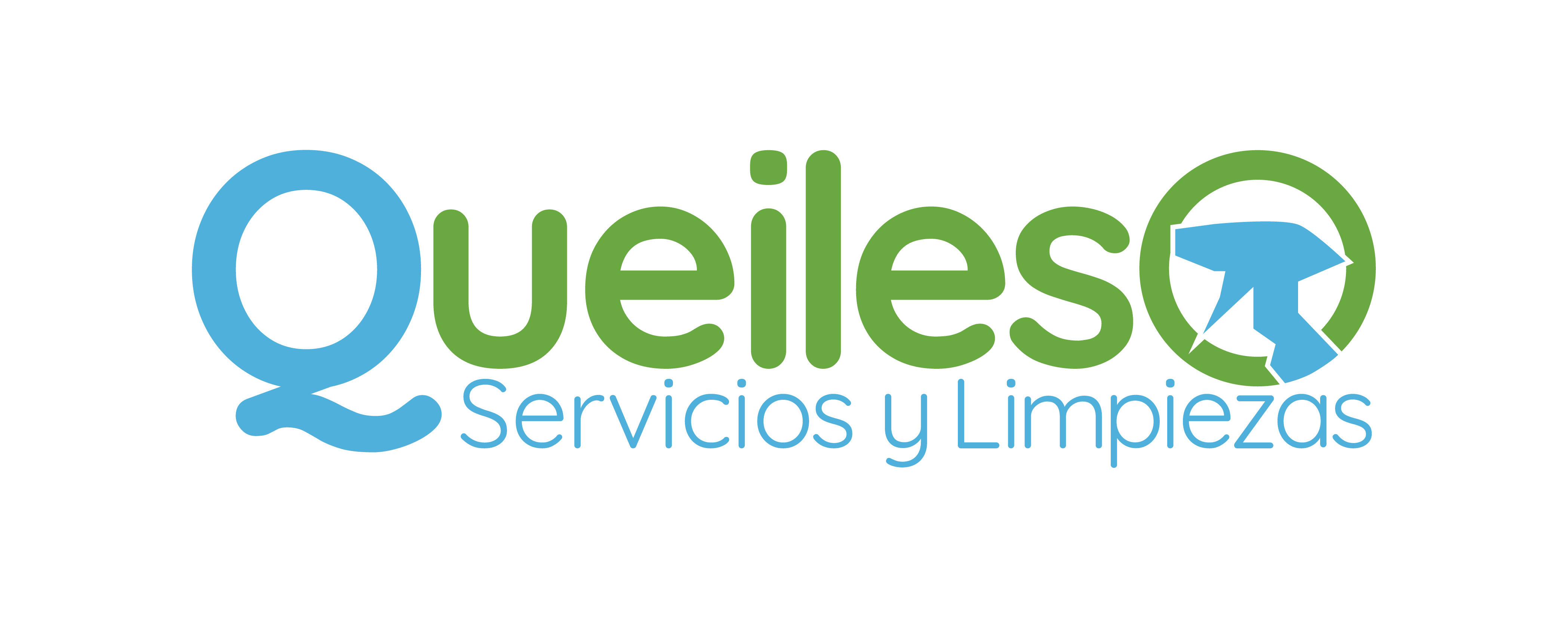Usability Questionnaire An Outline
This research concludes that the SUS and the broadly accepted benchmark of a mean SUS score of 68 (SD 12.5) are suitable for evaluating the usability of DHAs. We speculate as to why physical activity apps received greater SUS scores than expected software usability measurement inventory. A template for reporting imply SUS scores to facilitate meta-analysis is proposed, along with future work that could be accomplished to further study the SUS benchmark scores for DHAs.
An Introduction To Usability Questionnaires
After accumulating responses, calculate the SUS check scores for every participant. SUS scores are standardized, and a rating above 68 is usually considered above average. You can use the scores to compare different variations of your product or track adjustments in usability over time. SUS is primarily a quantitative evaluation software and may lack the depth of qualitative insights into user experiences.
Questionnaires For Assessing Perceived Usability Of Net Sites
Rather than guessing, you will know exactly how properly you are doing benchmarked towards industry requirements. The System Usability Scale isn’t diagnostic and won’t inform you what specific issues you face, but it provides you with a red or green mild to know the way badly your usability needs work. Participants will rank every question from 1 to 5 based mostly on how a lot they agree with the statement they’re reading. Quick to manage and low-cost to start out using, significantly online, the System Usability Scale is one of the best methods of gathering statistically valid information and giving your website a clear and reasonably precise rating. The System Usability Scale (SUS) was invented by John Brooke who, in 1986, created this ‘quick and dirty’ usability scale to judge virtually any type of system. If your job is decided by getting a particular reply to this query, you should start using the System Usability Scale.
Systematic Review: Impact Of Health Data Expertise On Quality, Efficiency, And Costs Of Medical Care

The original SUS items refer to “system,” however substituting the word “website” or “product,” or utilizing the actual website or product name seems to don’t have any impact on the ensuing scores (Lewis & Sauro, 2009). Of course, any of these kind of substitutions ought to be consistent across the items. SUS scores didn’t appear to be significantly affected even when the even items have been rewritten with a optimistic tone (Sauro & Lewis, 2011).
What Your Sus Score Means In Comparison With Trade Requirements

In systems engineering, the system usability scale (SUS) is a straightforward, ten-item attitude Likert scale giving a worldwide view of subjective assessments of usability. It was developed by John Brooke[1] at Digital Equipment Corporation in the UK in 1986 as a software to be used in usability engineering of digital office methods. To rating the SUS, subtract the dimensions position from 1 on all oddly numbered objects, and subtract 5 from the scale position on all evenly numbered gadgets, then multiply the sum of all items by 2.5 to get an total SUS rating that ranges from 0-100.

In our sample case, you’d multiply 2.zero with 0.5, take the sq. root, and arrive at 1.0 (or 100%), indicating that the new design has the same usability because the baseline. After the fifth person checks, you have all of the perception you might be more doubtless to get and your finest bet is to return to the drafting board and enhance the design so as to take a look at it once more. Testing more than five users wastes sources, decreasing the number of design iterations and compromising the final design high quality.
Although the SUS distribution of DHAs have a barely greater SD (14.05 vs 12.5), this finding could probably be as a outcome of small pattern size in this examine. The results indicate that the usual SUS score benchmark of 68 can be used when evaluating DHAs. This assumption was important to test provided that the accepted distribution of imply sixty eight (SD 12.5) was not primarily based on SUS scores from cell apps, or specifically DHAs. The usability of techniques may usually improve over time, which might change the typical SUS score that may be achieved by digital techniques. Moreover, provided that DHAs may be critically important apps to customers (nonrecreational or nonhedonic), their usability could probably be larger, therefore achieving higher SUS scores.
- The System Usability Scale (SUS) actively performs a pivotal position in other industries, too, together with expertise, healthcare, e-commerce, finance, training, and automotive.
- Saves your settings and preferences, like your location, for a more personalised experience.
- Although questionnaires have been used primarily to assess person satisfaction, they will also comprise effective questions oriented specifically towards evaluating broader emotional impact and usefulness of the design.
- Through a process of issue evaluation and partial correlation, the questions in Table 12-2 have been chosen for inclusion in USE per Lund.
For example, if the typical SUS rating for a web site is eighty five, it doubtless corresponds to the “Promoter” category in NPS, meaning users are extremely more likely to recommend the location. Relating SUS scores to the Net Promoter Score (NPS) helps determine user probability to advocate a product or service. If the SUS score is seventy five, it’s typically thought of “Acceptable,” suggesting that users find the system usable. Assessing acceptability based on SUS scores entails classifying usability into completely different categories.

The analyses have been double-checked using the R function analyze.regression (published in Lewis & Sauro, 2016), which may also compute confidence intervals around predicted values. Clearly, an analysis grade of “A” means it was good and an evaluation of “D” or decrease means the need for some improvement is indicated. At the tip of the day, each project staff should resolve what the SUS scores imply to them.
Sauro (2015) offered means and normal deviations for the SUPR-Q and its subscales that provide preliminary normative information for the interpretation of comparatively good and poor scores. With about four objects per subscale, these values are a bit on the low aspect, however nonetheless indicative of an affordable degree of reliability, particularly for large-sample research. The WAMMI builders may well have decided to commerce off some reliability to dramatically cut back the length of the questionnaire and the time required to complete it. Often a numerical score yielded by any evaluation instrument is difficult to interpret by anyone outdoors the evaluation group, including project managers and the the rest of your project team. Given a single quantity out of context, it’s difficult to know what it means in regards to the user expertise. The score offered by the SUS questionnaire, nevertheless, has the distinct benefit of being within the range of zero to one hundred.
The reply lies within the system usability scale (SUS), a key device on the planet of user expertise (UX) research and evaluation. Effectiveness in using a system for controlling a steady industrial process would typically be measured in very different terms to, say, effectiveness in utilizing a textual content editor. Thus, it can be tough, if not inconceivable, to answer the query “is system A extra usable than system B”, as a end result of the measures of effectiveness and effectivity may be very totally different.

